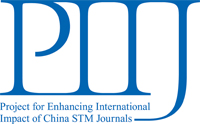Background
Musicians are frequently affected by playing-related musculoskeletal disorders (PRMD). Common solutions used by Western medicine to treat musculoskeletal pain include rehabilitation programs and drugs, but their results are sometimes disappointing.
Objective
To study the effects of self-administered exercises based on Tuina techniques on the pain intensity caused by PRMD of professional orchestra musicians, using numeric visual scale (NVS).
Design, setting, participants and interventions
We performed a prospective, controlled, single-blinded, randomized study with musicians suffering from PRMD. Participating musicians were randomly distributed into the experimental (n = 39) and the control (n = 30) groups. After an individual diagnostic assessment, specific Tuina self-administered exercises were developed and taught to the participants. Musicians were instructed to repeat the exercises every day for 3 weeks.
Main outcome measures
Pain intensity was measured by NVS before the intervention and after 1, 3, 5, 10, 15 and 20 d of treatment. The procedure was the same for the control group, however the Tuina exercises were executed in points away from the commonly-used acupuncture points.
Results
In the treatment group, but not the control group, pain intensity was significantly reduced on days 1, 3, 5, 10, 15 and 20.
Conclusion
The results obtained are consistent with the hypothesis that self-administered exercises based on Tuina techniques could help professional musicians controlling the pain caused by PRMD. Although our results are very promising, further studies are needed employing a larger sample size and double blinding designs.
 Table of Content
Table of Content














